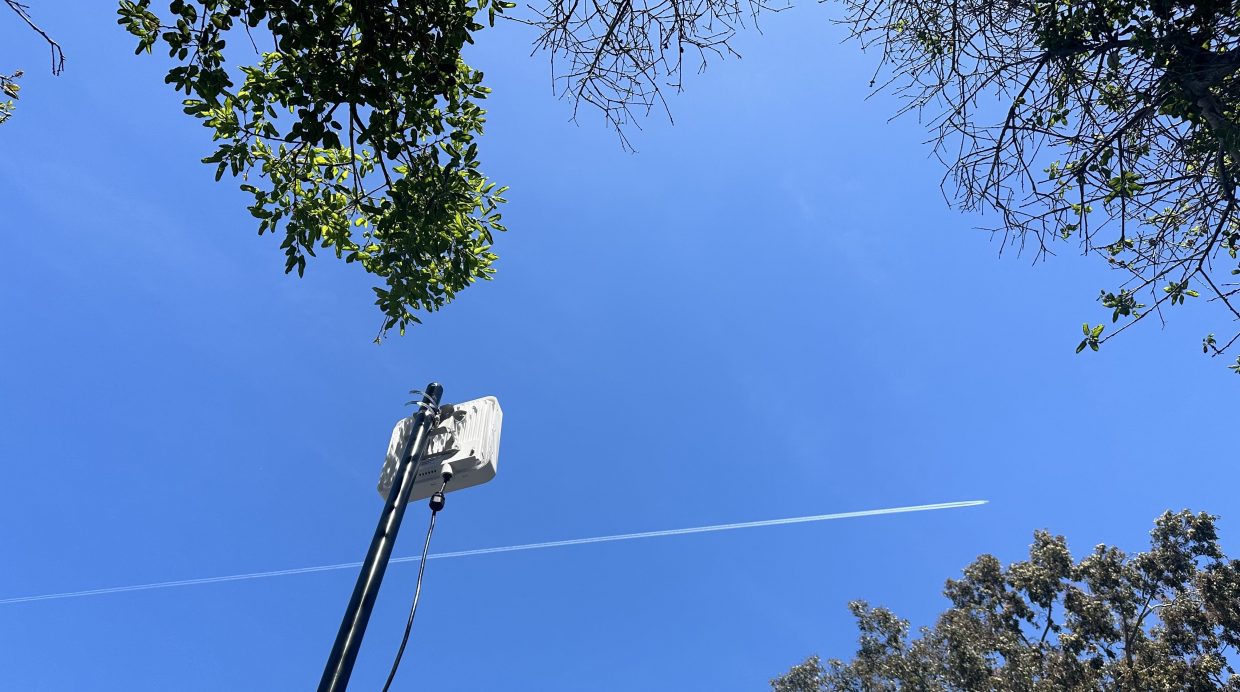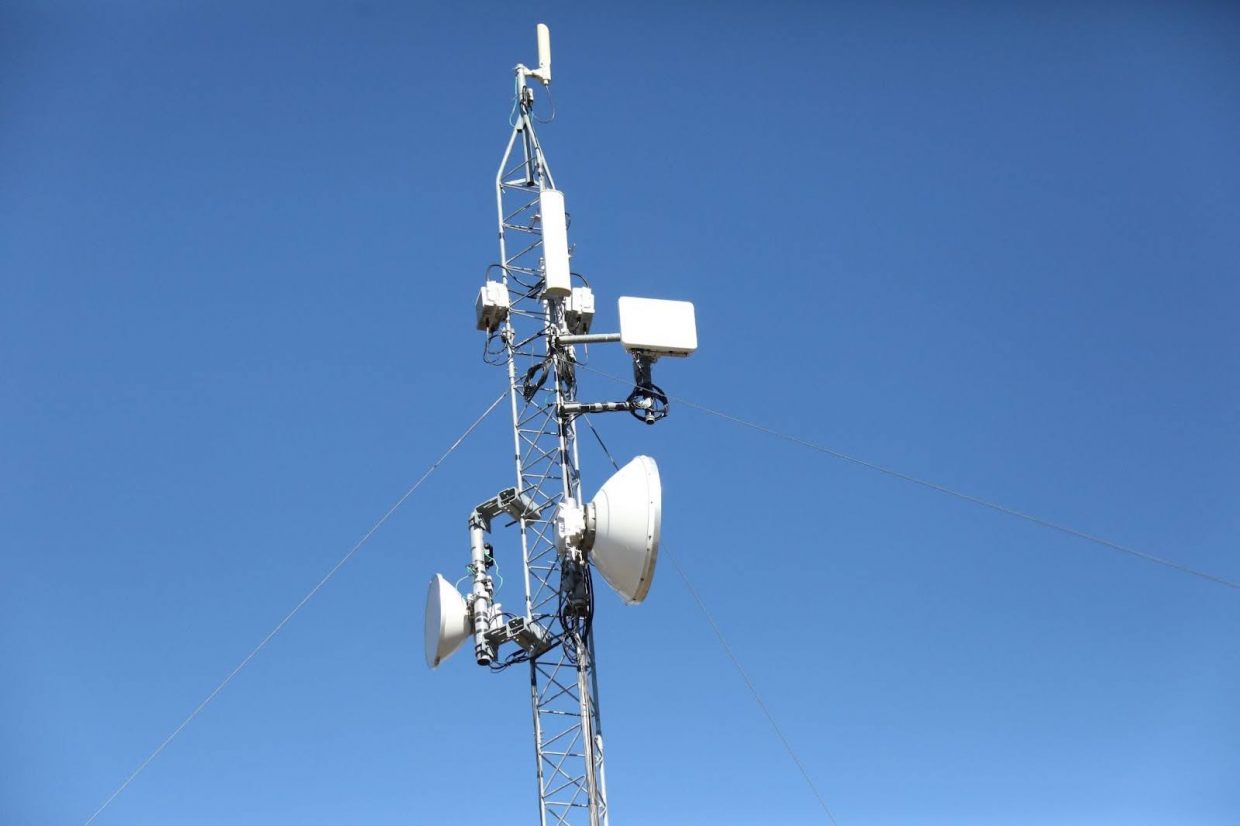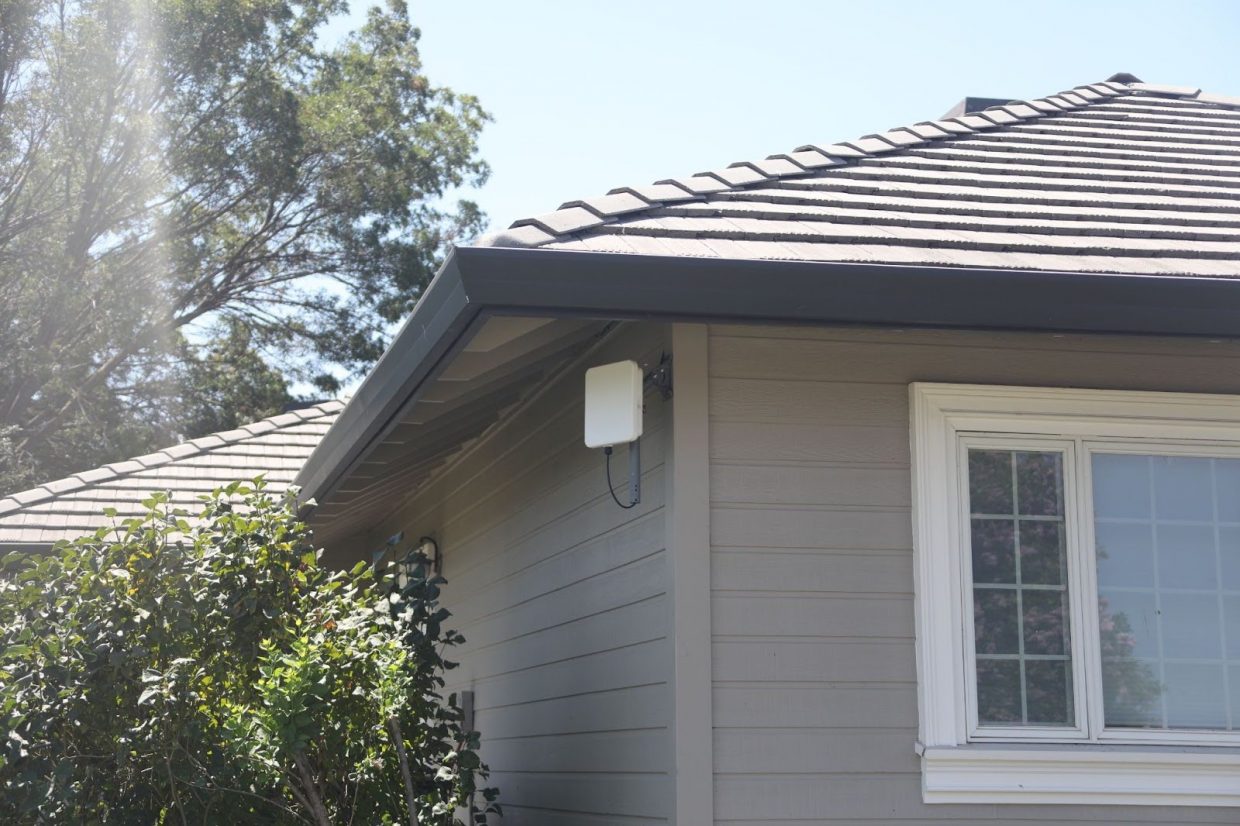Sky Fiber used Tarana’s G1 platform to successfully bid and win BEAD networks using a hybrid model that marries the best of wired and wireless. … Read More
Blogs

AtLink: Defending and Growing with Next-Generation Fixed Wireless
Learn how AtLink upgraded its legacy infrastructure to reduce churn and compete with fiber-based competitors. … Read More

Power and the FCC: What You Need to Know About Wireless Power Limits
Ever wondered why your wireless network isn’t performing as expected? The answer might lie in power limitations. … Read More

Don’t Default on RDOF
RDOF recipients facing defaults due to high fiber deployment costs can avoid penalties and fulfill their commitments by leveraging ngFWA. … Read More

PhireLink: A BEAD Success Story
Learn how PhireLink leveraged ngFWA to edge out its fiber network and win BEAD funding to bridge the digital divide faster. … Read More

VTX1: Expand Coverage and Reduce Churn
Learn how VTX1 upgraded its DSL and legacy fixed wireless to deliver fiber-class broadband quickly and cost-effectively … Read More

Case Study: Nextlink Internet
Learn how Nextlink deployed Tarana’s ngFWA to quickly and easily deliver fiber-class broadband to delight their customers. … Read More

Making Unlicensed as Reliable as Licensed
One of the disadvantages of unlicensed spectrum is its susceptibility to interference. G1 removes this impediment, providing a licensed-like experience even in unlicensed spectrum. … Read More

ngFWA and BEAD
The BEAD program is about more than fiber. With ngFWA, service providers can build networks that deliver everything required by BEAD and more. … Read More

7 Reasons to Choose ngFWA
There are many reasons to use ngFWA technology to deploy high-performance, cost-effective networks that are resilient and scalable. … Read More
